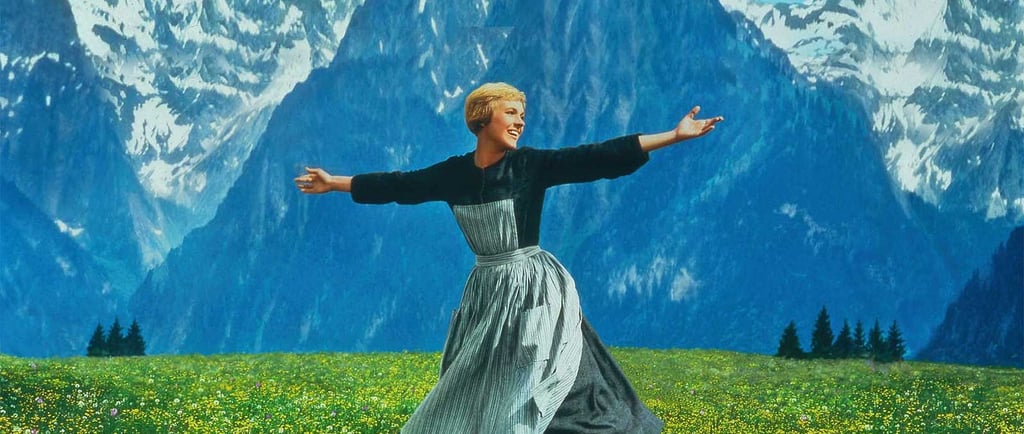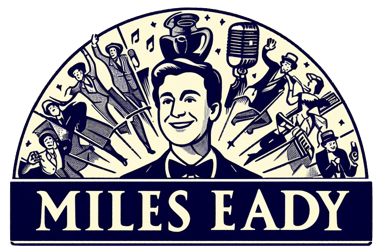When Broadway Took Over Hollywood: Stage-to-Screen Musicals (1950s–1960s)
Established hits guaranteed big box office


Previous: The Golden Age of the MGM Musical →
Next: The Wobble Years — Risk, Flop and Reinvention in the 1970s–80s →
When Broadway Took Over Hollywood: Stage-to-Screen Musicals (1950s–1960s)
By the mid-1950s, the lush dreamworld of MGM was beginning to fade. But just as one spotlight dimmed, another flared to life: Broadway.
In this era, Hollywood looked east — to the legit stage — and began adapting theatre’s biggest hits into box office gold. The result? A glorious run of prestige musicals, where movie studios borrowed Broadway’s bones and added widescreen splendour.
These films brought the musical full circle — back to the stage — but now with Technicolor, cranes and 70mm ambition.
Why the Shift?
A few key reasons:
Broadway shows were already tested hits — safer bets for big budgets.
Musicals like Oklahoma! and My Fair Lady had strong narrative structures, perfect for cinematic adaptation.
The studio system was declining, and the musical became one of the last places Hollywood could sell dreams on a grand scale.
The result? Epic adaptations with grand set pieces, intermissions and overtures — event cinema with singable scores.
Iconic Stage-to-Screen Adaptations
The Sound of Music (1965)
Theme: Family, war, defiance and raindrops on roses
Key songs: Do-Re-Mi, My Favorite Things, Climb Ev’ry Mountain
Why it matters: Sweeping Austrian landscapes meet Rodgers & Hammerstein heart.
Still one of the highest-grossing films of all time.
West Side Story (1961)
Theme: Love, race, violence and doomed youth
Key songs: America, Tonight, Somewhere
Why it matters: Jerome Robbins’ choreography, Leonard Bernstein’s score and Robert Wise’s direction combine for a modern tragedy in motion.
My Fair Lady (1964)
Theme: Class, identity and transformation
Key songs: Wouldn’t It Be Loverly, I Could Have Danced All Night, The Rain in Spain
Why it matters: Audrey Hepburn’s performance (dubbed or not) + Cecil Beaton’s design + Lerner & Loewe = visual and vocal feast.
Watch: “Do-Re-Mi” from The Sound of Music (1965)
A masterclass in musical montage. As Julie Andrews teaches the von Trapp children how to sing, we move through Salzburg — scaling mountains, riding carriages and turning a simple scale into cinema magic.
The Pros and Pitfalls of Prestige
The Good:
Lavish sets, big orchestras, international box office
Huge cultural footprints
The Challenges:
Fidelity vs. freedom — stay true to the stage show or reinvent for the screen?
Casting controversies (Audrey Hepburn in My Fair Lady , not Julie Andrews)
Running times that tested bladders and patience
Still, when it worked, it worked brilliantly. These films became definitive versions — introducing generations to stories they never saw on stage.
Further Reading
Broadway to Hollywood – Robert Matthew‑Walker
A richly illustrated journey through the golden pipeline of Broadway musicals turned Hollywood spectacles, packed with backstage stories and interviews.
Buy it hereMusical Stages – Richard Rodgers
The legendary composer’s candid and entertaining autobiography, offering first-hand insight into the making of classics from Oklahoma! to The Sound of Music.
Buy it hereThe Musical: From Broadway to Hollywood – Michael B. Druxman
An essayistic exploration of how Broadway traditions were translated onto the silver screen — covering drama, choreography, vocal performance, and design.
Buy it here
Navigate the Series:
⬅️ Previous: The Golden Age of the MGM Musical
➡️ Next: The Wobble Years — Risk, Flop and Reinvention in the 1970s–80s

